What Is Aqueous Cellulite and How to Deal With It?
Summary
1. Water retention: the main cause of aqueous cellulite
2. How aqueous cellulites affect the body?
3. What are the solutions against aqueous cellulite?
Aqueous cellulite is the cellulite of thin people par excellence.
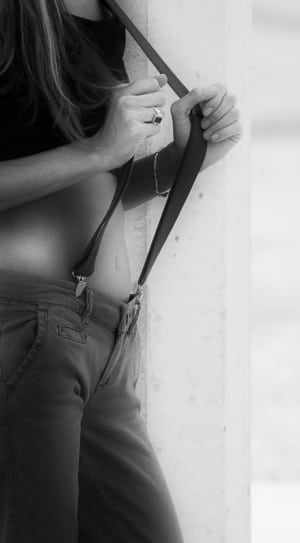
Aqueous cellulite is one of the three types of aesthetic cellulite, along with adipose cellulite and fibrous cellulite. Several terms are used to describe aqueous cellulite:
– infiltrated cellulite or infiltration cellulite;
– hydrolipodystrophy.
1. Water retention: the main cause of aqueous cellulite
Aqueous cellulite (from the Latin “aqua” which means “water”) is characterized by a problem of water evacuation which, as a result, stagnates in the tissues: it is water retention, synonymous with poor venous and lymphatic circulation. The absorbed water is not properly eliminated, accumulates in the body and causes swelling and oedema.
2. How aqueous cellulites affect the body?
2.1 Aqueous cellulite: poor lymphatic circulation
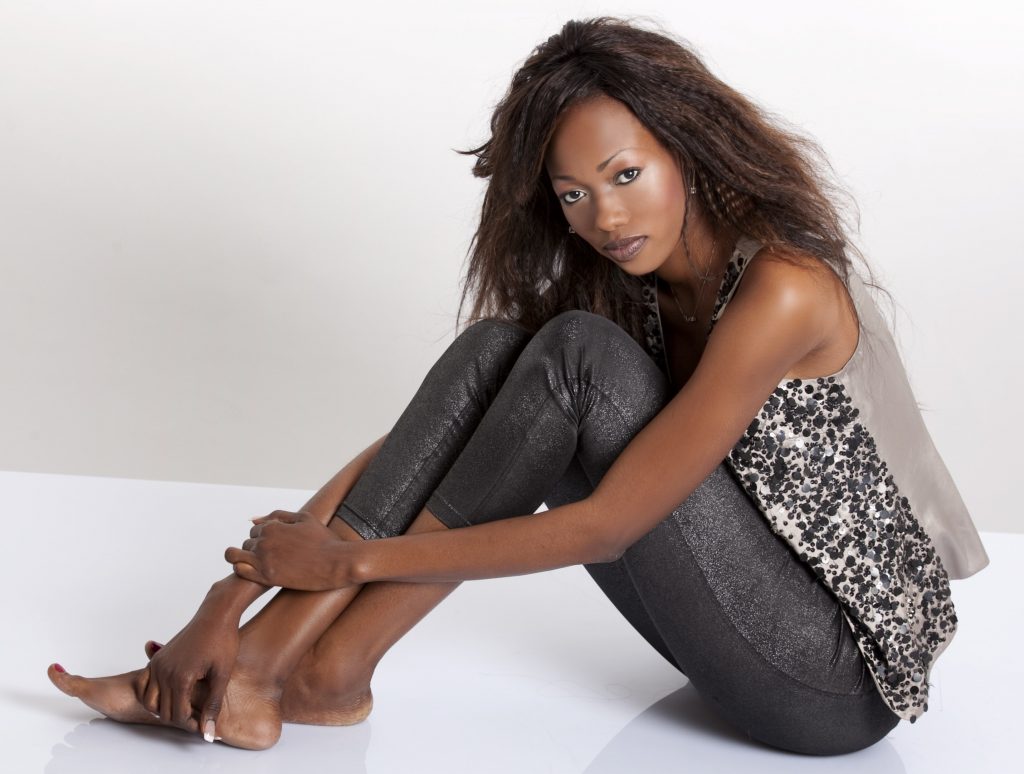
The lymphatic system is a vast network of vessels, parallel to the blood vessels, which plays a vital role in our body’s immune defence:
– On the one hand, it allows the circulation of immune cells, hormones and provides the nutrients and fats necessary for our body.
– On the other hand, during its passage, the lymph (lymphatic fluid) drains excess fluid from the tissues and cleans the cells of their waste products.
Poor lymphatic circulation therefore leads to the tissues becoming clogged with water and toxins. The tissues swell and compress the lymphatic vessels. Gradually, the skin becomes deformed and dimpled.
2.2 Aqueous cellulite: poor venous circulation
Blood is expelled by the heart through the arteries and then returns to the heart by flowing through the veins. Venous circulation, like lymphatic circulation, has a dual role: it distributes nutrients and gases and, in the process, collects waste products.
If venous circulation is poor:
– The blood no longer drains toxins properly and may, for example, have difficulty in moving up to the functional organs.
– The vessels are compressed, the legs swell (feeling of “heavy legs”) and varicose veins may appear.
– This aggravates water retention and accentuates the “cellulite” effect.
2.3 Location of watery cellulite
Aqueous cellulite is localized in particular on:
– The inside of the arms;
– The thighs;
– The calves;
– Around the ankles.
2.4 Aspect of aqueous cellulite
Aqueous cellulite appears as a set of small raised bumps, the dimples. This aspect is associated with a suppleness of the skin, unlike fibrous cellulite where the skin hardens.
It is rather thin people who are most often affected by aqueous cellulite, accompanied by poor blood circulation. They can sometimes have varicose veins, swollen and pale limbs.
3. What are the solutions against aqueous cellulite?
To get rid of aqueous cellulite, we must tackle its main cause: water retention.
Follow an “anti-water-retention” diet
Contrary to popular belief, in order to fight effectively against water retention, you need to drink more! It is advisable to drink at least 1.5 litres of water per day (prefer water with a reduced sodium content).
Good to know: certain plant extracts promote drainage, so don’t hesitate to vary the pleasures with tea or herbal teas.
As for the diet, it can be adapted as follows:
– Reduce salt consumption as much as possible: it retains water in the body.
– Avoid fast sugars and industrial dishes: sugar increases insulin which favours water retention.
– Favour diuretic fruits and vegetables (e.g. asparagus, grapes, pineapple, etc.).
– Prefer whole starchy foods, vegetable oils and dried fruit.
For venous circulation problems related to water retention, it is important to consult a doctor or, preferably, an angiologist (specialist in venous circulation problems).
Accelerate drainage through massage
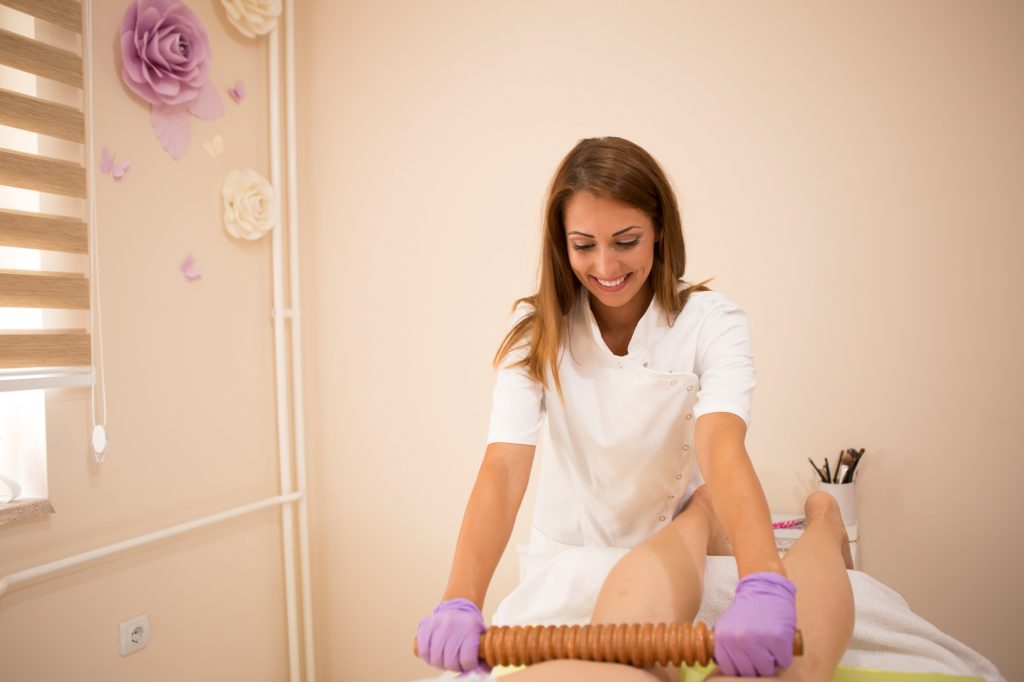
Massages and sports will act on circulation problems, whether blood or lymphatic circulation.
As for manual care, you can choose:
– Lymphatic drainage;
– Palpating-rolling massages.
You can perform these treatments:
– At home or with a professional;
– With or without anti-cellulite cream;
– Manually or with anti-cellulite devices (for example: the Cellu M6).
Caution: always ask your doctor for advice before using an anti-cellulite device, especially if you have varicose veins and spider veins.
Playing sports
In the case of aqueous cellulite, especially with venous circulation problems, it is important to choose the right sport.
Sports that put pressure on the veins should be avoided:
– Tennis;
– Jogging;
– Aerobics, etc.
The following are to be preferred:
– Walking (brisk walking);
– Cross-country skiing;
– Cycling;
– swimming;
– Aqua gym, aqua bike or lymphatic aqua drainage.
Good to know: endurance exercises promote fluid circulation and venous return.
Hope this post has clarified your understanding of what is cellulite and help you determine which type of cellulite you have. Remember to write down your comments in the section below and share your experience with other readers.
You may also wish to read more on two other types of aesthetic cellulite:
– Adipose Cellulite
– Fibrous cellulite

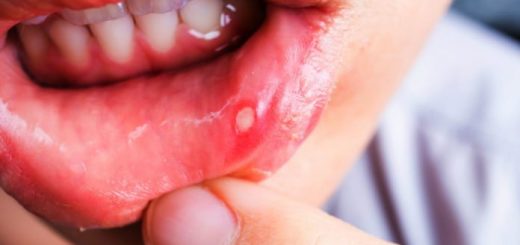
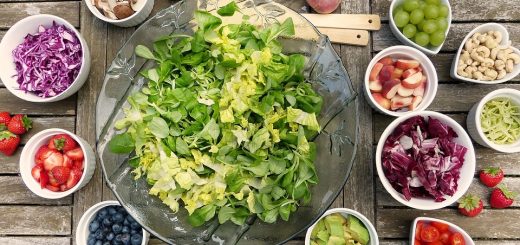

1 Response
[…] – Aqueous cellulite: due to an excess of water in the cells; […]